How Crypto APIs Deliver On-Chain Data: Transactions & Wallet Balances Explained

The explosive growth of crypto assets and decentralized protocols has fueled demand for accurate, real-time blockchain data. Whether you’re building an application, performing due diligence, or exploring on-chain analytics, knowing how to access transactions and wallet balances is crucial. But do crypto APIs actually provide this level of on-chain data—and how can you use it effectively?
What Are Crypto APIs and Why Are They Essential?
Crypto APIs (Application Programming Interfaces) are software gateways that let applications interact with blockchains and related services without managing full nodes or direct infrastructure. These APIs power wallets, portfolio trackers, analytics dashboards, and AI-driven research tools with everything from price feeds to in-depth blockchain data.
Why use a crypto API? Running your own blockchain node can be resource-intensive, requiring disk space, bandwidth, security practices, and ongoing maintenance. An API abstracts this complexity, providing developers and analysts with curated endpoints for questing data on-demand. This is particularly valuable for applications that need:
- Up-to-date transaction histories
- Current wallet balances across tokens and networks
- Wallet activity details
- Aggregated analytics, like smart money flows and DeFi positions
The Types of On-Chain Data Crypto APIs Provide
On-chain data refers to all the information stored directly on blockchain ledgers. Crypto APIs tap into different layers of this data, including:
- Transaction Data: Hashes, timestamps, senders, receivers, transferred assets, gas fees, and contract interactions.
- Wallet Balances: Query current holdings of native coins (like ETH or BTC) and tokens (such as ERC-20s), and sometimes even NFTs.
- Historical Address Activity: Complete transactional history of wallets, letting you analyze behavioral trends or audit activity.
- Smart Contract Events: Details about token transfers, liquidity provision, swaps, or governance votes.
- Network/Protocol Stats: Blockchain metrics like block times, mining data, and node health, important for infrastructure and analytics teams.
Modern crypto APIs go beyond simple read-access, offering data enrichment features such as address labels, scam alerts, and portfolio reconstruction. This enables AI-driven tools and traders to make sense of raw blockchain transactions with greater ease.
How Do Crypto APIs Fetch and Deliver On-Chain Data?
The process of serving real-time, reliable on-chain data is complex. Here’s how reputable API providers typically operate:
- Node Infrastructure: Providers run full nodes for each supported blockchain, ingesting every new block.
- Data Indexing: Data is parsed, structured, and indexed for fast lookups—allowing APIs to serve requests instantly, even for complex queries.
- Aggregation & Enrichment: Some platforms aggregate data across multiple chains or enhance raw data with analytics, labels, or risk scores, helping to contextualize wallet activity.
- API Layer Exposure: RESTful or GraphQL endpoints expose this information for developers and researchers.
For example, querying for a wallet’s balance generally involves calling an endpoint such as /address/{wallet}/balances, which returns all supported tokens and quantities for that wallet, directly from on-chain sources. Transaction history requests retrieve confirmed transfers and contract activities, often with additional tags for clarity.
Key Use Cases for On-Chain Transaction and Balance Data
On-chain data accessed via crypto APIs has become foundational in several scenarios:
- Tracking Portfolio Value: Automated tools instantly aggregate wallet balances and transaction histories across multiple addresses, networks, and asset types.
- Due Diligence & Audit: On-chain data reveals the actual movement of funds, enabling independent scrutiny for compliance, proof-of-reserves, and forensic analysis.
- Developing dApps & DeFi Services: Most wallets, swaps, and lending apps rely on APIs to provide balance updates, confirm transactions, and fetch historical activity.
- On-Chain Analytics: Researchers and AI models monitor whale activity, wallet clustering, and token flows to identify ecosystem trends.
- Risk Management: Platforms use API-provided on-chain labels to detect scam addresses, risky protocols, or suspicious transaction patterns.
In addition, many quantitative research teams and AI-driven crypto tools ingest on-chain data through APIs to fuel predictive models, market research, and smart contract insights.
Choosing a Crypto API Provider: Essential Parameters
With dozens of API solutions available, consider the following when selecting a crypto API for on-chain data:
- Data Completeness: Ensure the API supports the networks and asset types you need (e.g., native coins, tokens, NFTs).
- Latency & Reliability: Fast data delivery and high uptime are critical for real-time trading applications and research automation.
- Rate Limits & Pricing: Be mindful of free tier restrictions versus your anticipated query volume.
- Data Enrichment: Does the provider offer wallet labels, scam detection, or analytics layers?
- Documentation & Support: Robust docs and support channels make integrations smoother and troubleshooting faster.
If you’re integrating advanced analytics or AI-driven insights, prioritize API providers that combine raw on-chain access with actionable, processed intelligence.
Build Smarter Crypto Apps & AI Agents with Token Metrics
Token Metrics provides real-time prices, trading signals, and on-chain insights all from one powerful API. Grab a Free API Key
FAQs on Crypto APIs and On-Chain Data
Can I access wallet balances and transaction histories via crypto APIs?
Yes, leading crypto API providers typically offer endpoints to retrieve wallet balances (for both native cryptocurrencies and supported tokens) and to view transaction histories, directly sourced from underlying blockchain ledgers. This streamlines personal portfolio tracking, due diligence, and analytics development.
Are crypto API data outputs reliable and up-to-date?
Reputable API providers maintain robust blockchain node infrastructure and update their databases in real time or near-real time. However, reliability also depends on network congestion, API rate limits, and provider-specific infrastructure. Always review service status and latency commitments before integrating for mission-critical use cases.
Do all crypto APIs support on-chain data for NFTs and Layer-2 networks?
No, coverage varies between providers. Some APIs offer comprehensive data across layer-1 (e.g., Ethereum, Bitcoin) and select layer-2 chains, while others may focus on specific asset classes or blockchains. Likewise, NFT balance and transaction endpoints are only available with APIs that index non-fungible token contracts. Always confirm network and asset support with your chosen provider.
How can developers integrate crypto API on-chain data into their apps?
Most APIs provide REST or GraphQL endpoints that can be queried using common programming languages or HTTP tools. Comprehensive documentation and SDKs (where available) guide developers through authentication, request parameters, and data formatting, making it straightforward to embed wallet balances, transaction lists, or on-chain analytics into web, desktop, or mobile applications.
What are the main benefits of using an API over running a own node?
Using a crypto API saves significant time and resources. Infrastructure, sync issues, storage maintenance, and security are handled by the provider. APIs also enrich data, aggregate multi-chain information, and simplify compliance and access controls, which can be much more complex and costly to reproduce independently.
Disclaimer
This article is for educational purposes and reference only. It does not constitute financial advice, crypto trading recommendations, or any endorsement of specific assets, platforms, or services. Please conduct your own research before making decisions involving digital assets or blockchain technologies.
Create Your Free Token Metrics Account

.png)




%201.svg)
%201.svg)


%201.svg)



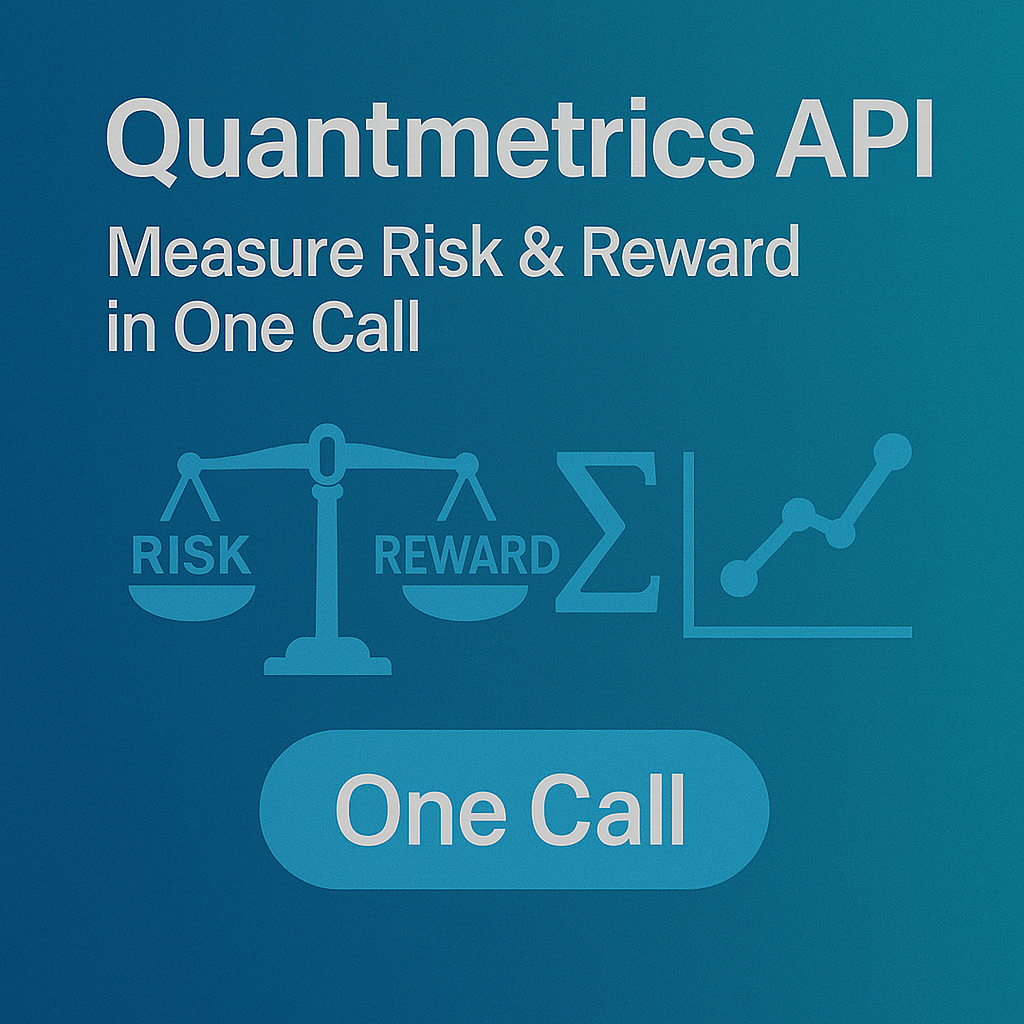
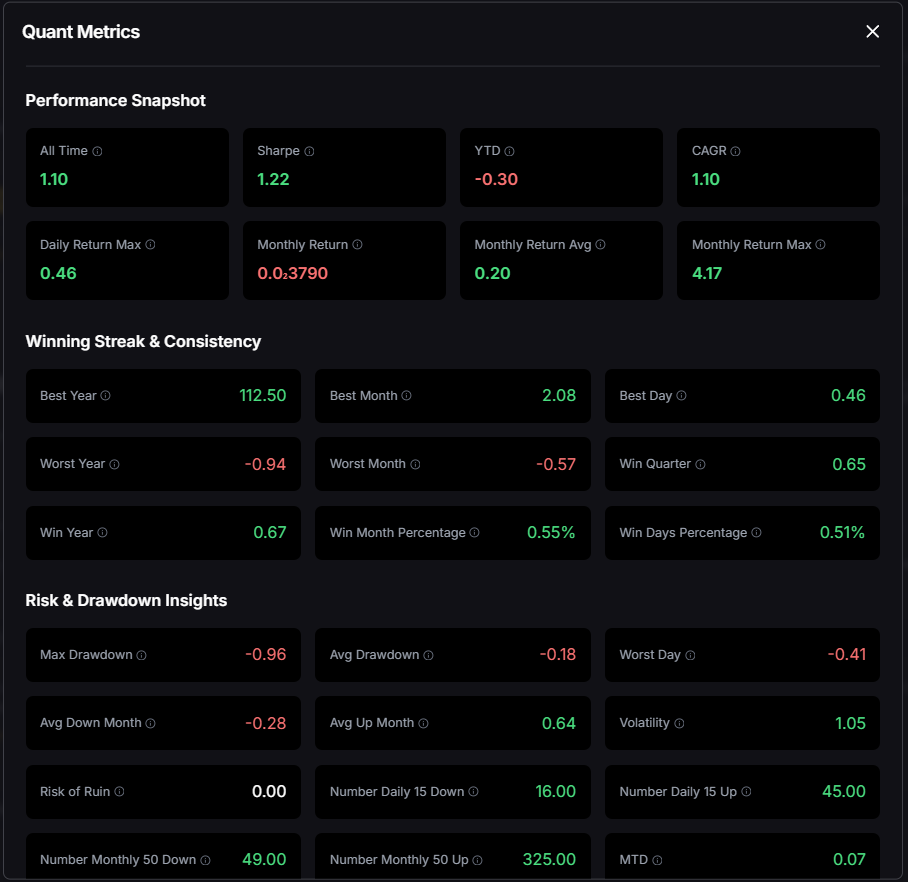
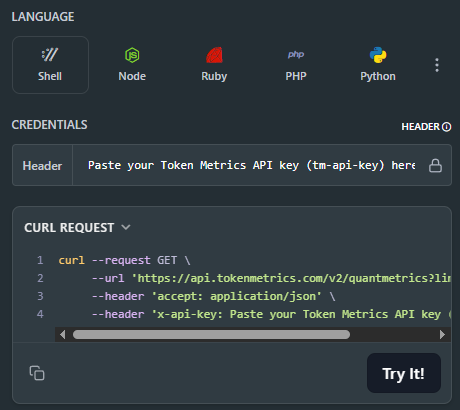
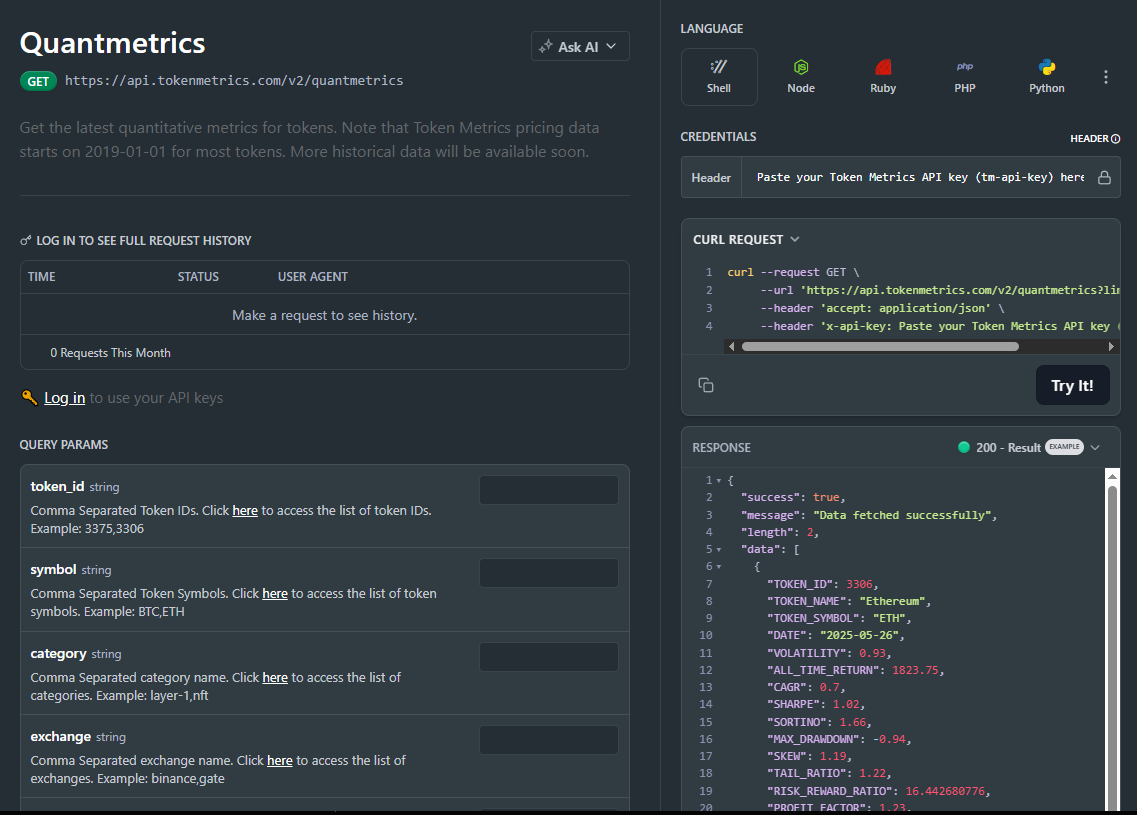
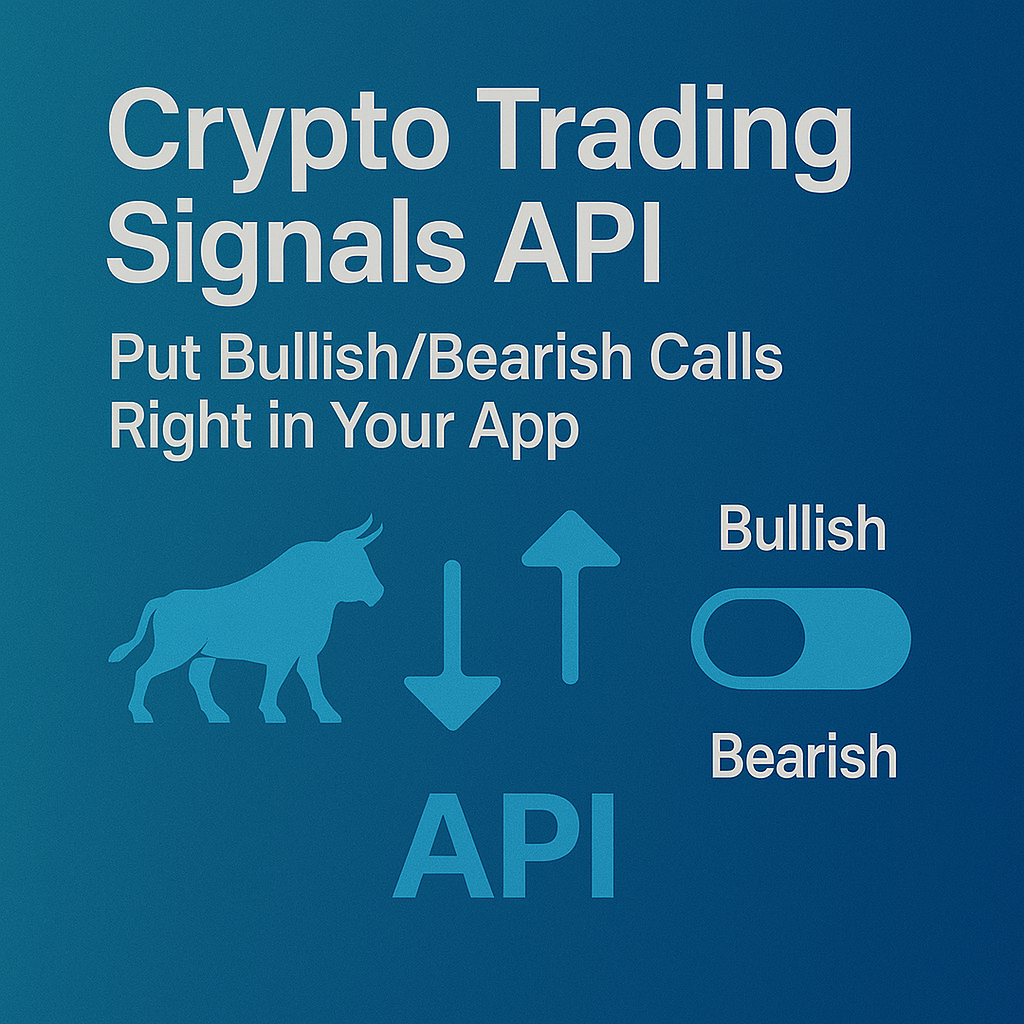
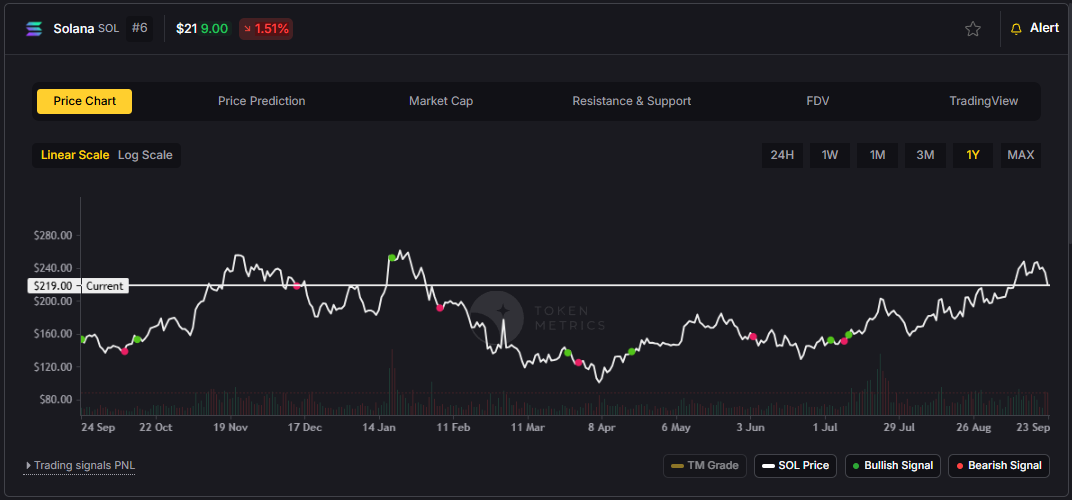
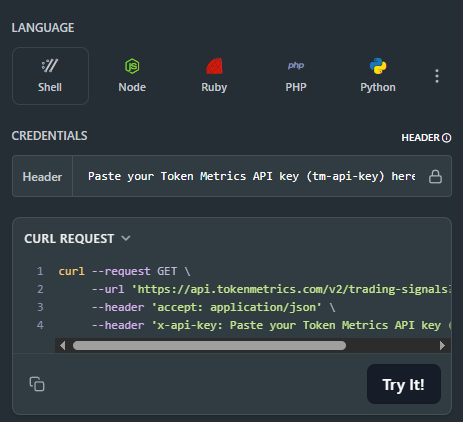
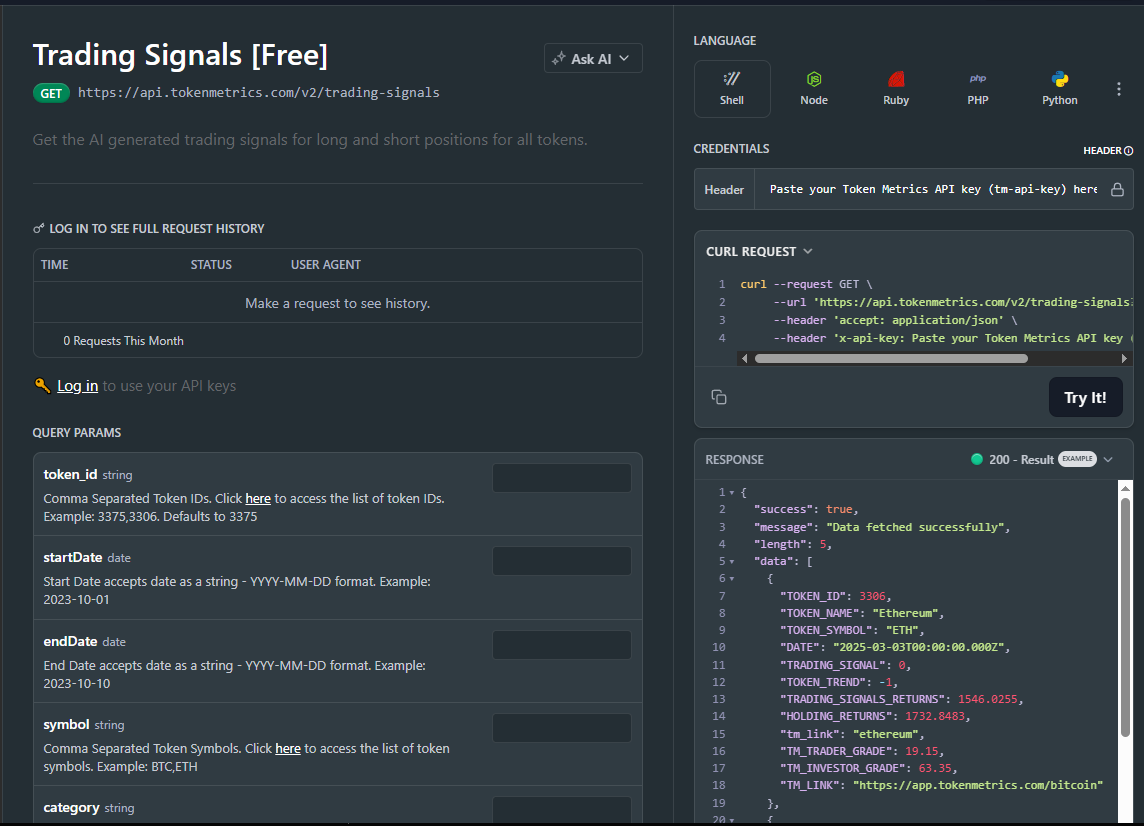
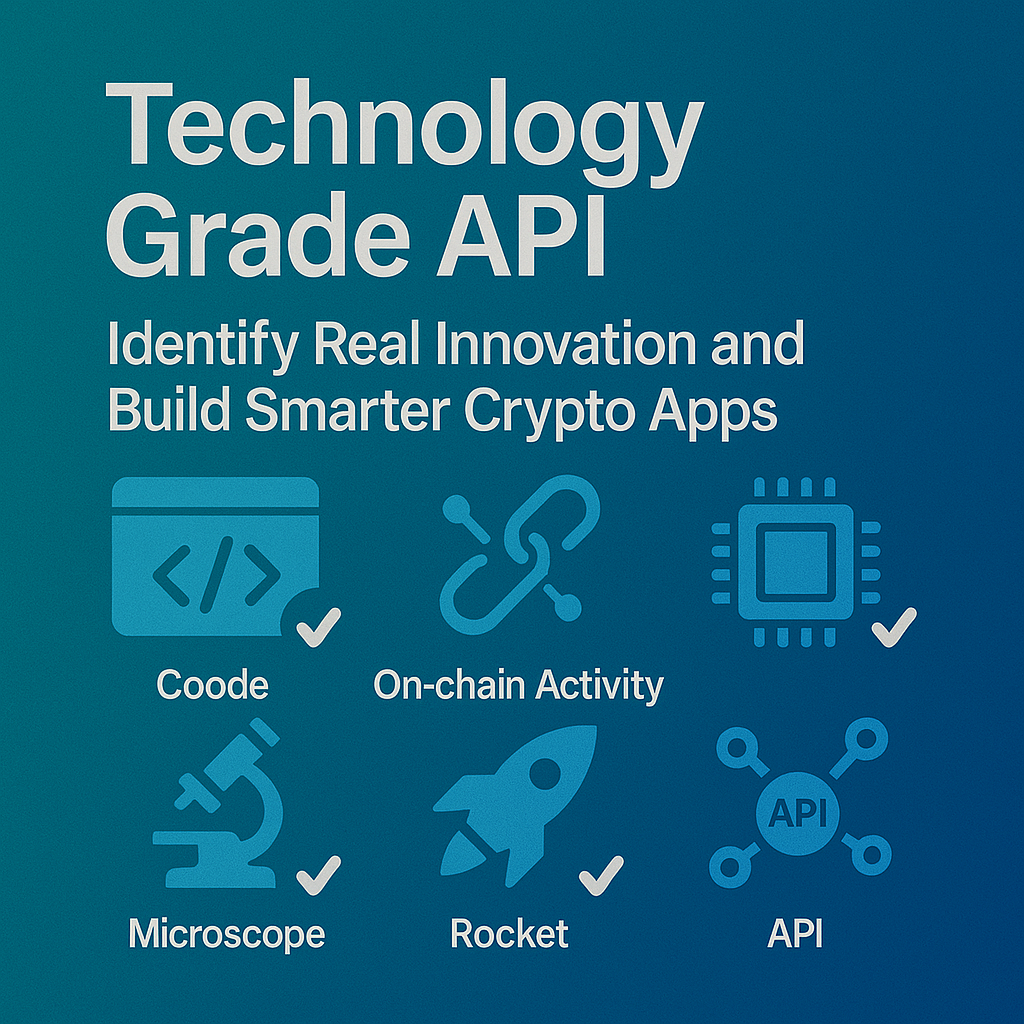
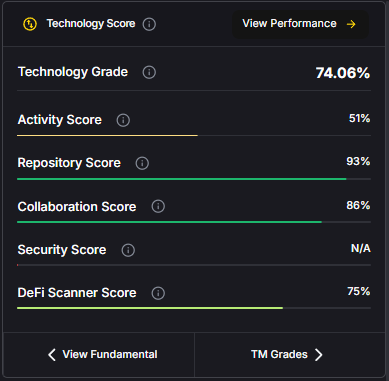
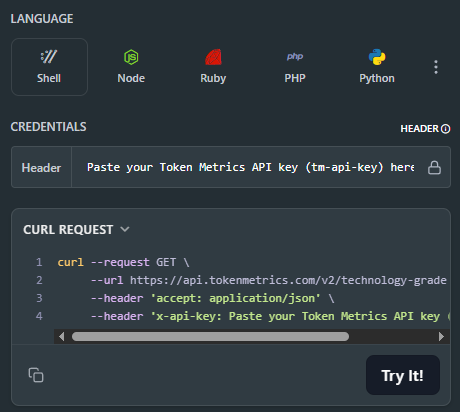
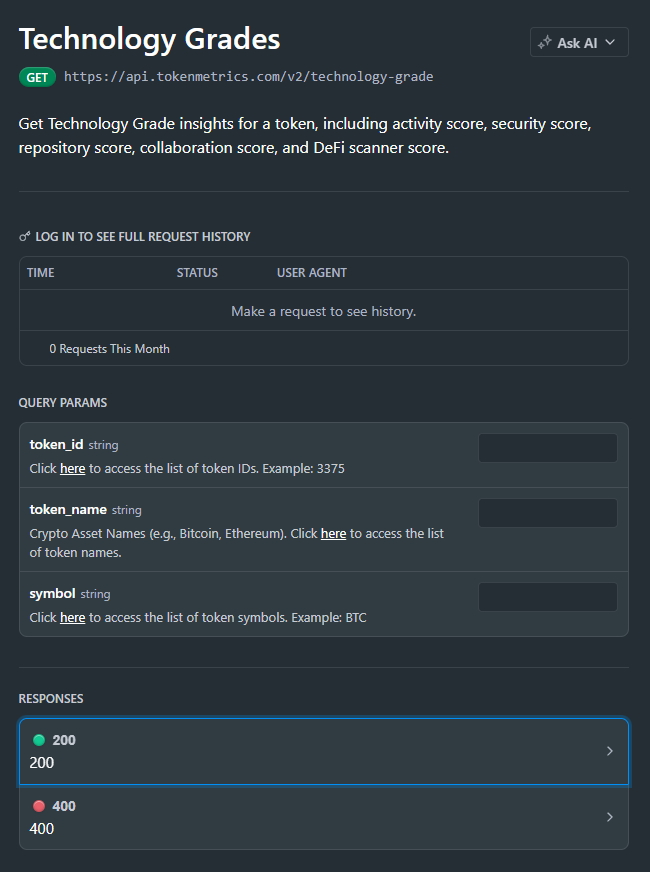




.svg)




.png)